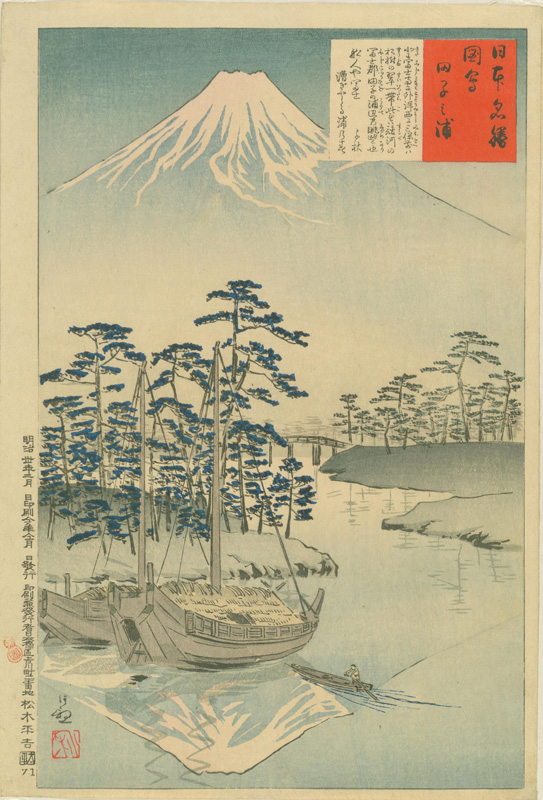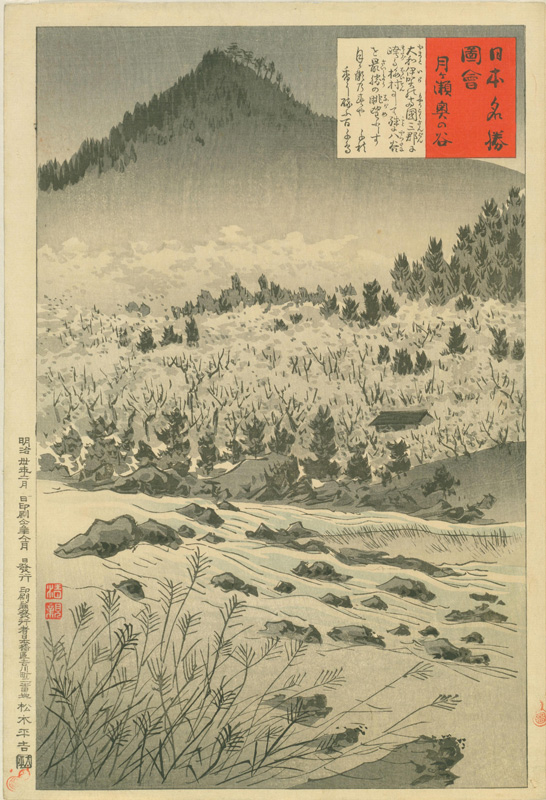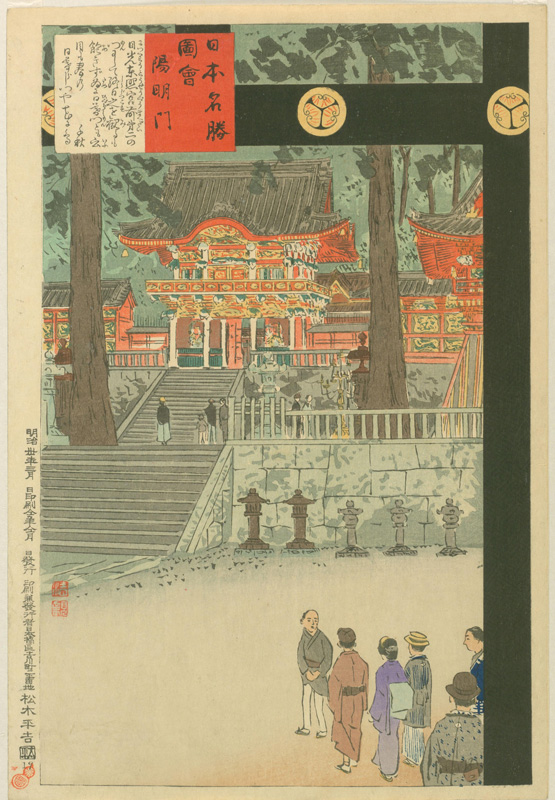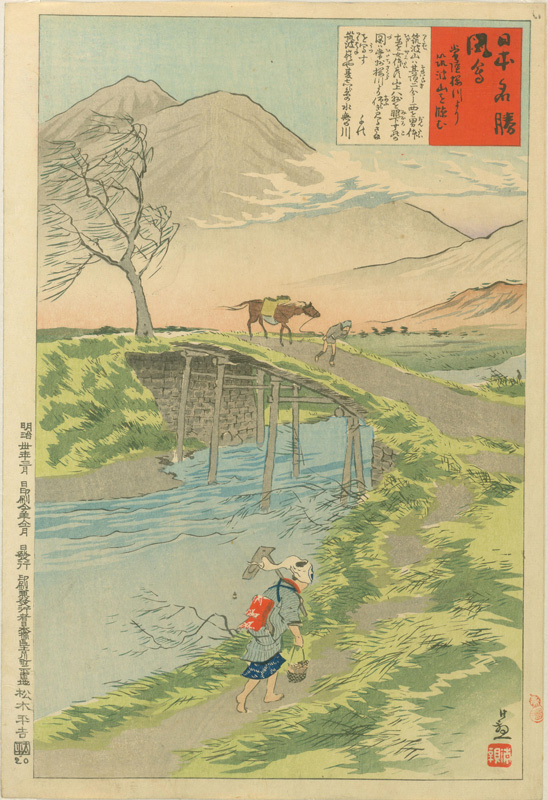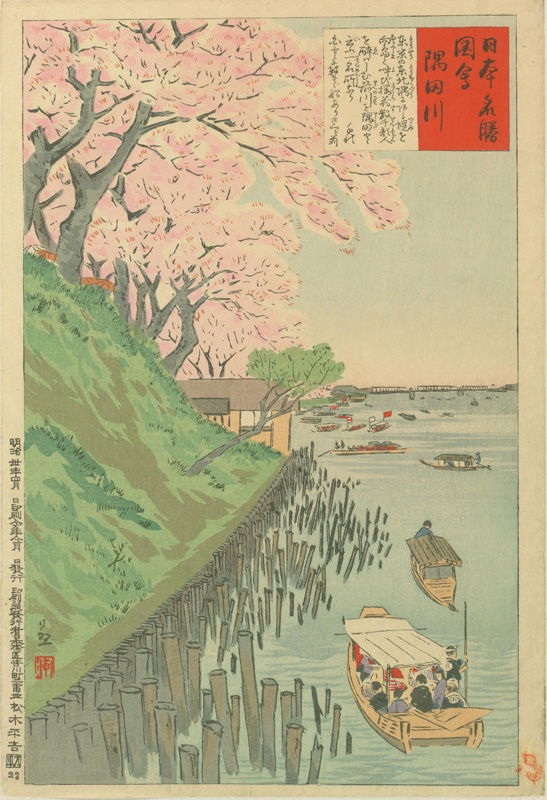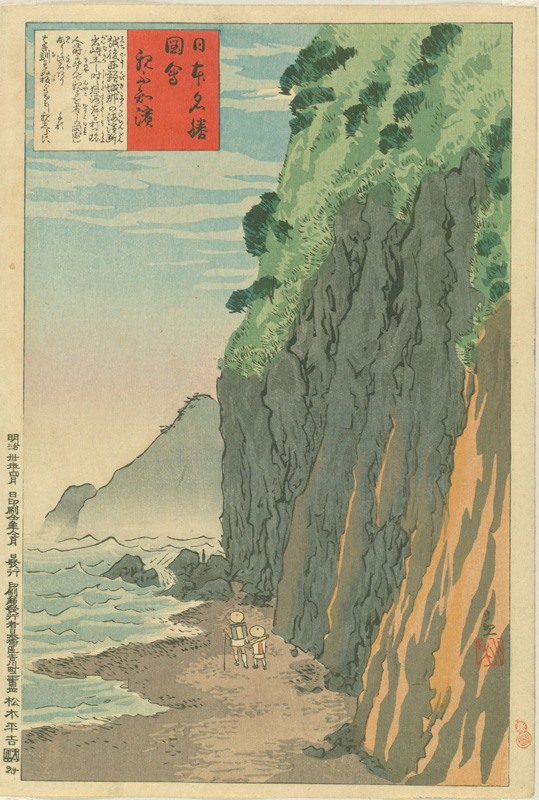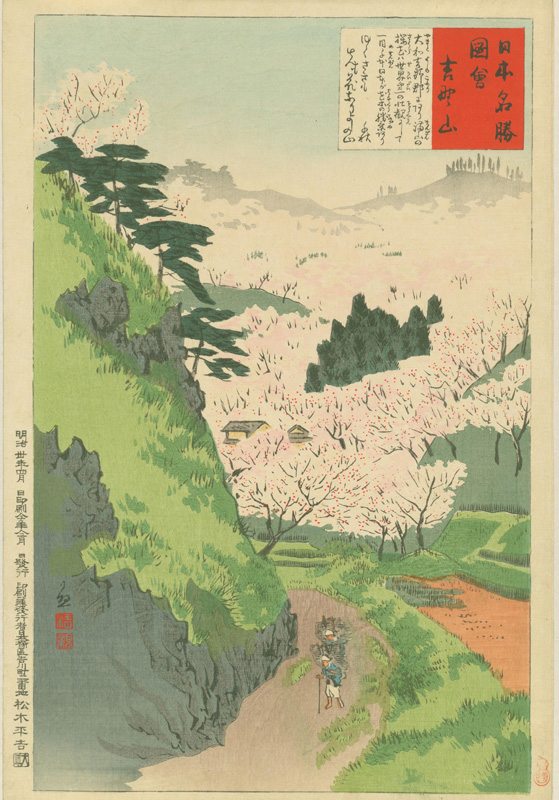Kiyochika's Views of the Famous Sights of Japan
(Nihon meishō zue 日本名勝図会)
Prints in Collection
Monkey Bridge
1896
IHL Cat. #1840Yumoto Hot Spring
1896
IHL Cat. #129
Narita-san Shinshōji Temple, 1897
IHL Cat. #1841
Cape Kannon
1897
IHL Cat. #877Inner Valley at Tsukigase
1897
IHL Cat. #340Tsukuba Mountain Seen from Sakura River at Hitachi
1897
IHL Cat. #517
About the Series – Views of Famous Sights of Japan
Source: Kiyochika Artist of Meiji Japan, Henry D. Smith II, Santa Barbara Museum of Art, 1988, p. 104-106In November 1896, Kiyochika began a new series of landscape prints depicting scenic spots throughout Japan. With the exception of the Tokyo triptychs issued earlier the same year, it was his first sustained effort at landscape since the One Hundred Views of Musashi of 1884-1885. The publisher was Matsuki Heikichi V whose father had launched Kiyochika’s career twenty years earlier but whose firm had not published any of Kiyochika’s landscape work since the Shizuoka views of 1880-1881.
Entitled Views of Famous Sights of Japan (Nihon meishō zue 日本名勝図会), the series continued for six months, through April 1897, reaching a total of twenty-eight prints. As with the One Hundred Views of Musashi, the format is vertical; but the layout is less contrived, with the title in a red cartouche at the top and the artist’s signature in a simple unframed cursive characters within the print. Adjoining the title cartouche on each print is a box of text describing the place depicted; in the latter part of the series, each such text concludes with a haiku signed “Senshu” – presumably a contemporary poet.1
The term “famous sight” (meishō) in the title of this series is close in meaning to “famous place” (meisho), but it carries a stronger sense of scenic beauty. “Famous place” is the older of the two terms, emerging first in poetry to designate specific sights that were known as much for literary and historical associations as for the beauty of the landscape. In time, painters came to illustrate these places celebrated in verse, although rarely with any concern for the actual appearance of the places, which they may never have seen. For Kiyochika, however, the ”sight” was fully as important as the “place.”
One persisting characteristic of Kiyochika’s landscape art was his reliance, where possible, on his own watercolor sketches of the actual sites. In Views of the Famous Sights of Japan, for example, the distribution of the twenty-eight places betrays a predictable bias in favor of those that the artist had visited. Eighteen are in the immediate Kanto area around Tokyo (although only one within the city itself), and of the remainder, six are in the Kansai region and four are scattered more widely, from Matsushima in the north to Hiroshima and Kyushu in the west.
For some of the more distant locations, Kiyochika may have relied on photographs, but for those in the Kanto region he must have worked from his own sketches. The actual sketch models survive for four prints in the series, all of them landscapes of the Nikko area in Tochigi Prefecture, north of Tokyo. The sketchbook models are dated to the day of the month, ranging from June 2 to June 6, 1880. They are immediately followed, however, by sketches in a similar style that are dated from November 1890 to January 1891, strongly suggesting that he recopied the original Nikko sketches over a decade later. The generally more finished nature of these watercolor models further supports the hypotheses of later recopying.
1 The poems appear on all prints from #17 on (possibly including #16).
The Twenty-Eight Prints in the Series
薩田嶺
November 1, 1896
Yumoto Hot Spring, Nikko, No. 11
日光湯本温泉
November 1, 1896
成田山新勝寺
January 1897
Yōmei Gate, No. 19
陽明門
March 1897
A List of the Twenty-Eight Prints in the Series
Source: Kiyochika Artist of Meiji Japan, Henry D. Smith II, Santa Barbara Museum of Art, 1988, p. 104-105.The sequence in which the prints were issued is indicated by a number below the publication information in the left, and on a few prints the right, margin. Some impressions are missing these numbers, and those after #24 may never have been assigned them. In at least two cases, including no. 17, the two digits of the number have been accidentally transposed.
Margin Publication Information click image to enlarge | Print No. 1 2 3 4 5 6 7 10 11 12 13 14 15 16 17 18 19* 20 21 23 1? "P" | Title and Date Satta Pass on the Tokaido, 1896, 11th month Monkey Bridge, 1896, November Itsukushima Shrine, 1896, November The Island Enoshima, 1896, September Pine Islands (Matsushima), 1896, November 11 Tsuten Bridge (Tsūtenkiyō), 1896, November 5 Koganei, Cherry Blossoms, 1896, November Futamigaura, the Wedded Rocks, 1896, November 1 The Yumoto Sulfur Spring, Nikko, 1896, November Yōrō Falls (Yōrō no bakufu), 1896, December Yokosuka Shipyard, 1896 Shinkyo, Sacred Bridge at Nikko, 1897, January Arashiyama, Kyoto, 1897, January Shinso Temple, 1897, January Tagonoura, near Fuji, 1897, February Cape Kannon (Kannon misaki), 1897, February Inner Valley at Tsukigase, 1897, February Tsukuba Mountain Seen from Sakura River at Hitachi, 1897, March Lake Chuzenji, 1897, March Sumida River, 1897, April Yomeimon Gate at Nikko Toshogu Shrine, 1897, March Urami Waterfall (Urami no taki), 1896, November View of Fuji from the Coast of Kiyomigata, 1896, 11th month Mt. Yoshino, Cherry Blossoms, 1897, April Korakanji Temple at Yabakei Yokosuka Shipyard, 1896 Mirror Bay (Kagami-ga-ura), 1897, April Atami Hot Spring, 1897, April |
* no number appears on the impressions of this print I've seen, including the one in this Collection. However, Smith identifies the print as number 19.

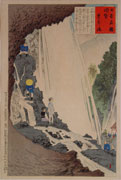
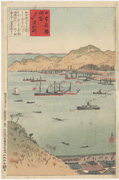
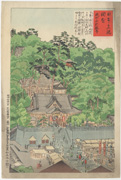

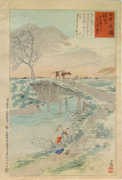
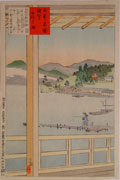
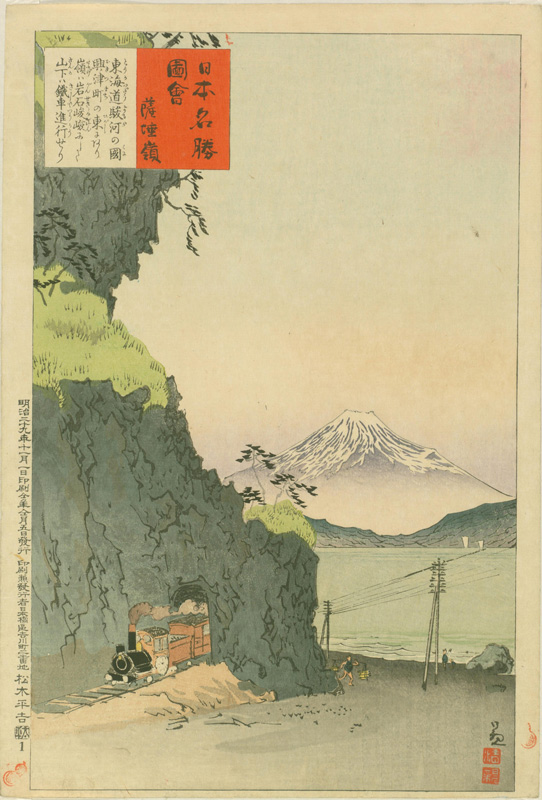
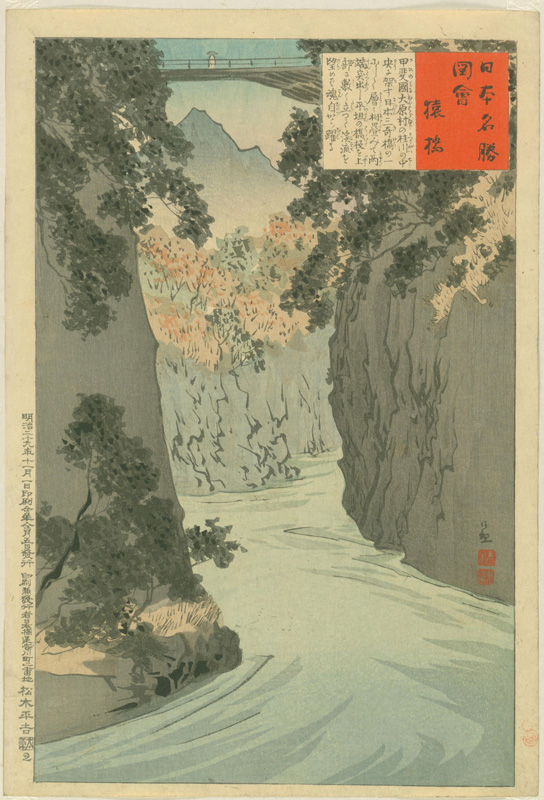

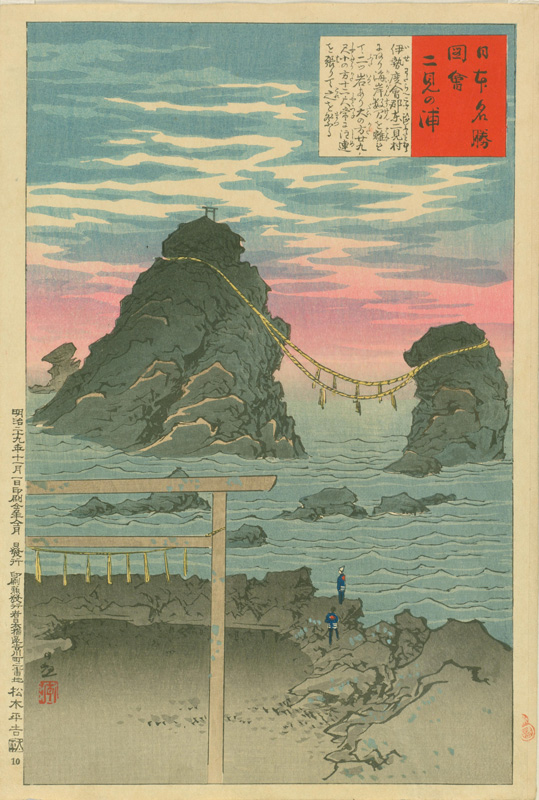
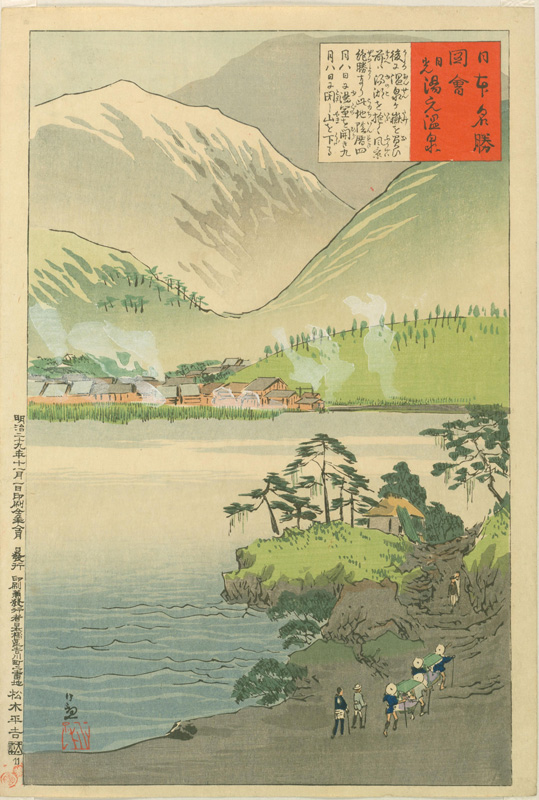

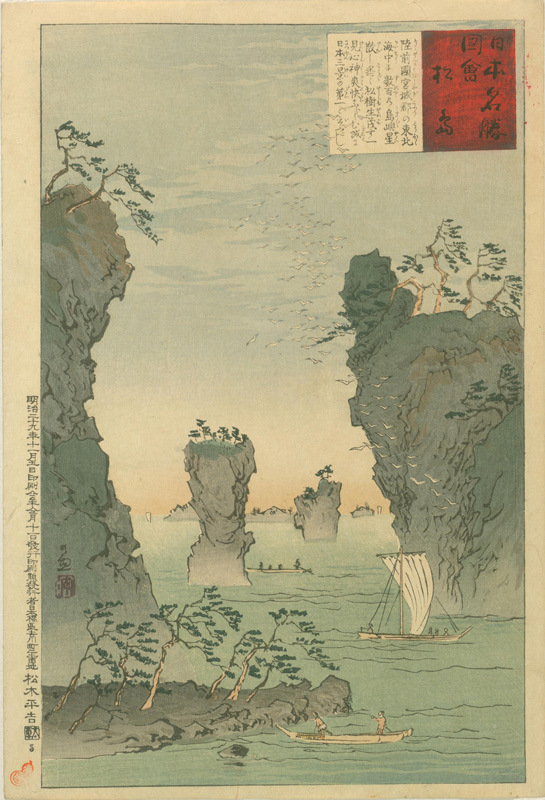
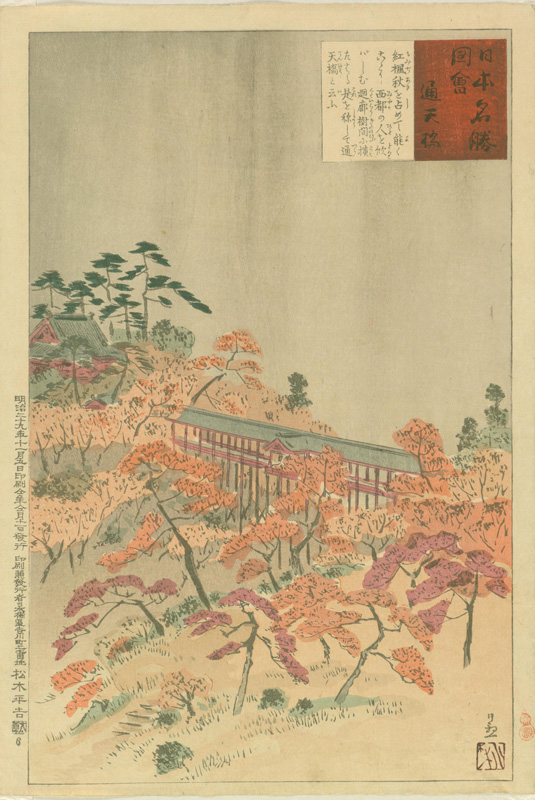


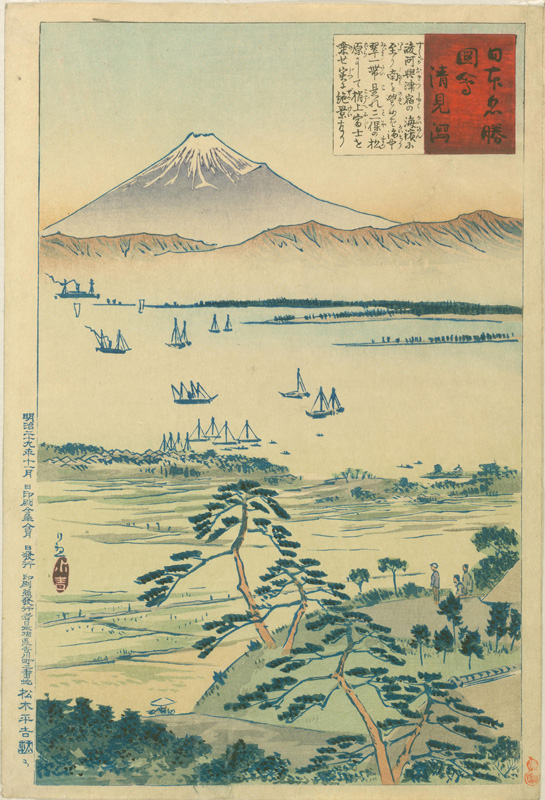
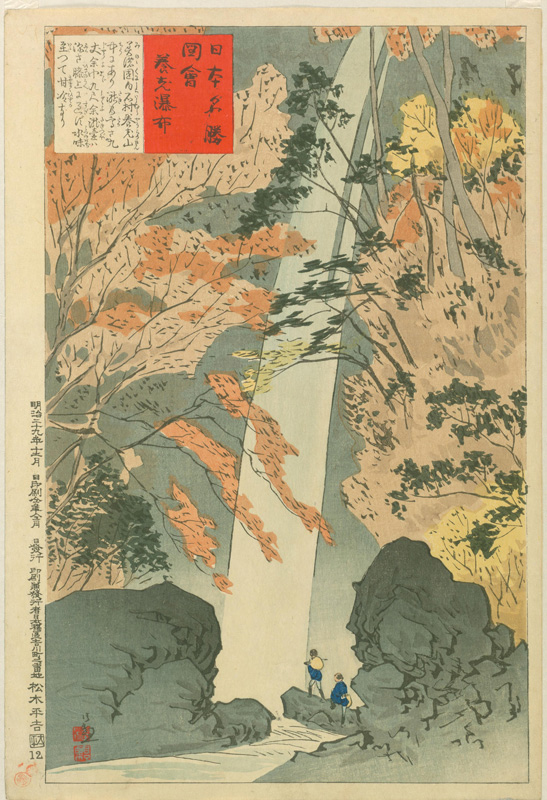
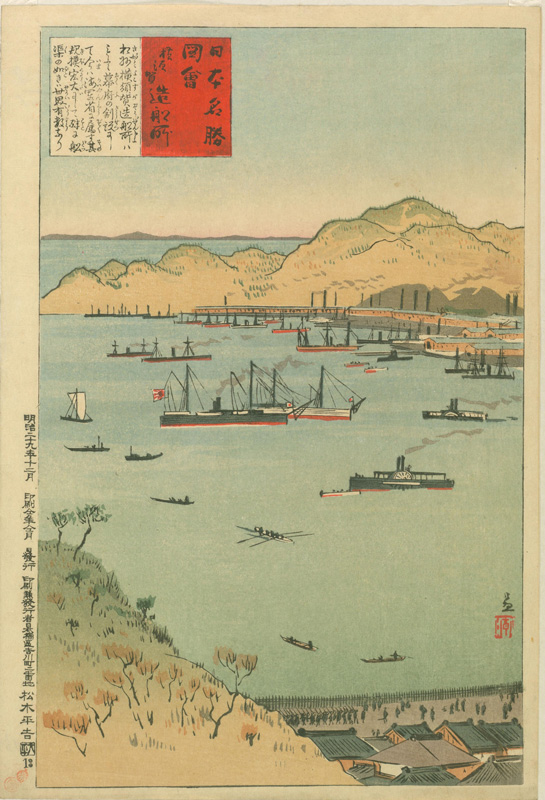
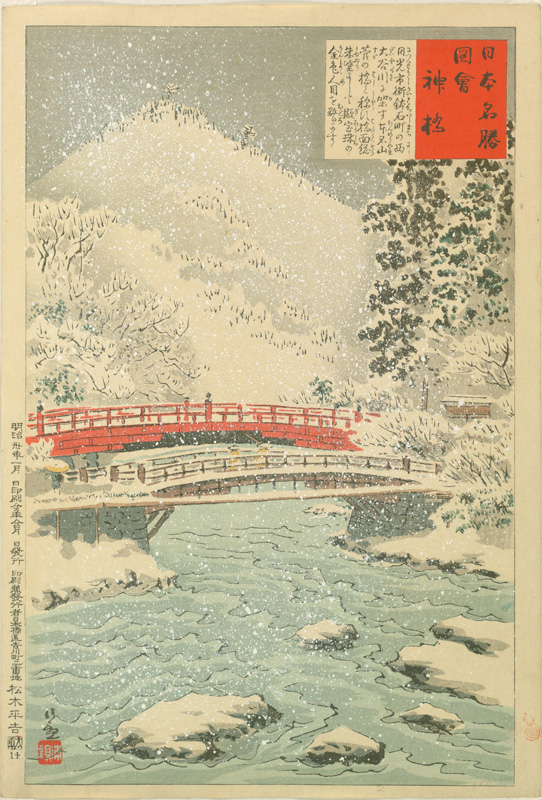
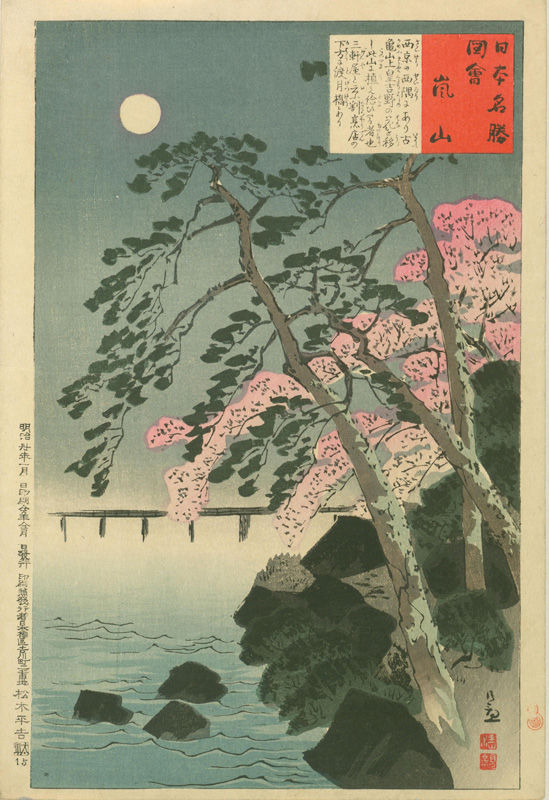
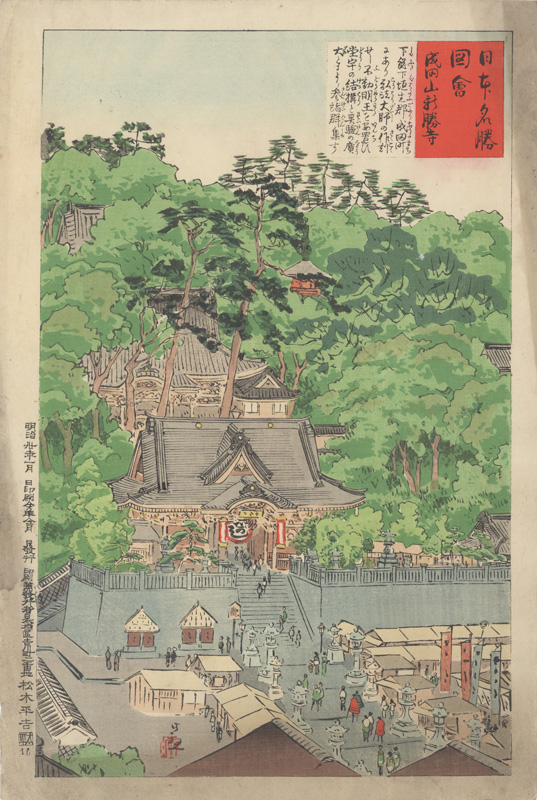
 Feb 1897 Cape Kannon.jpg)
